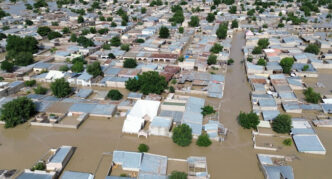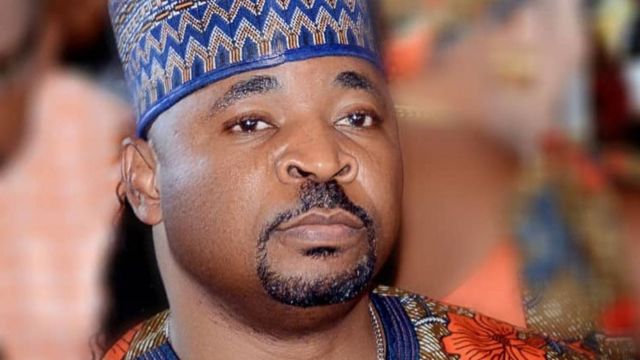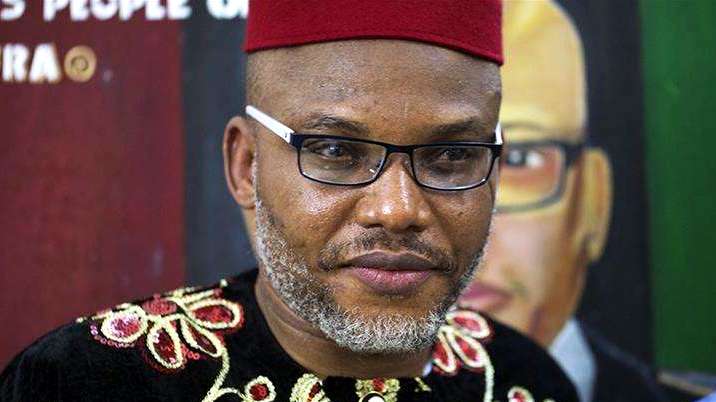Federal Government (FG) has said heavy rains and floods are expected in 30 states and the Federal Capital Territory (FCT), Abuja.
Gatekeepers News reports that Minister of Water Resources and Sanitation, Joseph Utsev, issued the warning during the public presentation of 2025 Annual Flood Outlook by Nigeria Hydrological Services Agency (NIHSA) in Abuja on Thursday.
The 2025 Annual Flood Outlook (AFO) was segmented into three parts to address pressing challenges of flood disasters and provide information for mitigation, especially in the most vulnerable communities.
The high-flood risk states include Abia, Adamawa, Akwa Ibom, Anambra, Bauchi, Bayelsa, Benue, Borno, Cross-River, Delta, Ebonyi, Edo, Gombe, Imo, Jigawa, Kebbi, Kogi, Kwara, Lagos, Nasarawa, Niger, Ogun, Ondo, Osun, Oyo, Rivers, Sokoto, Taraba, Yobe, Zamfara and Federal Capital Territory.
Utsev noted that coastal and riverine flooding would be experienced in some parts of the South-South geopolitical zone of the country due to a rise in sea level.
Among these states are Bayelsa, Cross River, Delta, and Rivers while Akwa-Ibom and Edo fall under the high-flood risk states.
The minister said flooding remained one of the most devastating natural disasters in Nigeria with climate change accelerating its frequency and severity.
He revealed that 1,249 communities in 176 Local Government Areas (LGAs) across 30 states and FCT fall within high-risk flood zones this year.
Utsev added that an additional 2,187 communities in 293 LGAs face moderate flood risks, listing risk areas as Abia, Benue, Lagos, Bayelsa, Rivers, and Jigawa, among others.
To improve early warning and response systems, this year’s AFO introduced a community-based flood forecasting approach.
Rather than just general predictions, forecasts are now tailored to specific communities, enhancing actionable communication and preparedness at the grassroots level.
Permanent Secretary of the Ministry of Water Resources and Sanitation, Richard Pheelangwah, in his remarks, urged stakeholders to prioritise early response.
He said, “This outlook isn’t just about numbers, it’s about protecting lives and livelihoods.”
Director General of NIHSA, Umar Mohammed, noted that this year’s flood forecast goes beyond mapping LGAs and now identifies specific communities at risk.
He said, “Our focus has expanded to assess sectoral impacts, on health, education, agriculture, and infrastructure, offering more robust tools to policymakers and disaster risk managers.”










